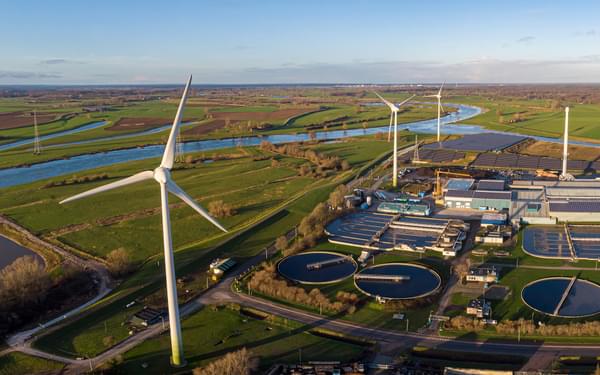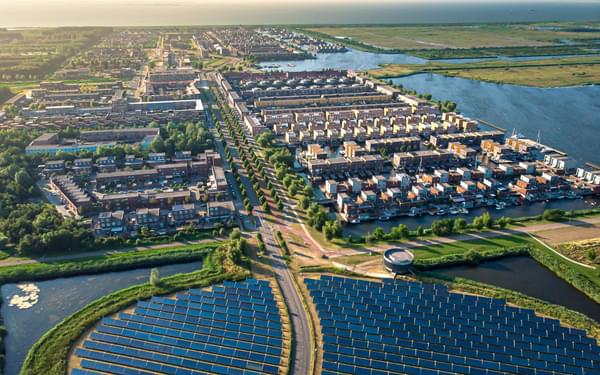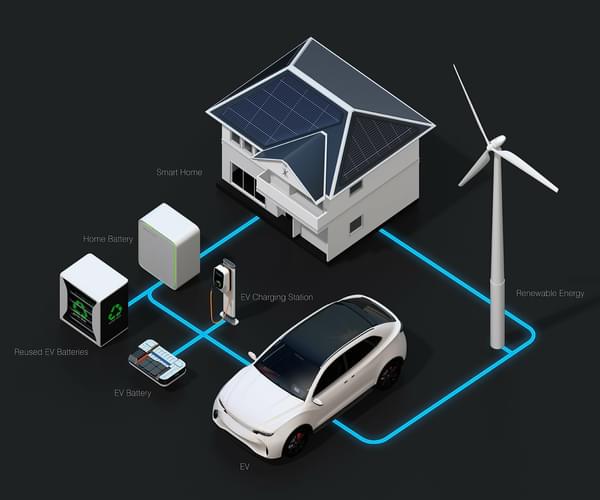
An energy revolution is happening and electricity has been crowned the fuel of the future. The UK government has forecasted an increase in electricity demand of 60% by 2050 meaning peak demand is likely to grow to six times higher than what the National Grid was designed for. So, is it time to ditch the one-grid system of old and look to a future of independent, interconnected, private micro-electricity networks?
Private wire systems, or microgrids, are both terms used to describe localised electricity delivery systems that connect privately-owned electricity-generating plant to points of demand and consumption. This type of arrangement enables asset owners to operate their very own energy network, essentially making them small-scale energy companies.
This localised approach to energy delivery is a far cry from the top-down method used within the National Grid, which generates electricity at massive power stations throughout the UK, distributes it along nearly 5000 miles of transmission lines, until, after a number of step changes and subsequent losses in efficiency within the distribution network, it is finally delivered to its end users.
Currently, there is little definition as to how private wire owners should operate their network; some choose to work in complete isolation from the public grid (known as "island systems"), some simply purchase and re-sell grid-supplied electricity. Most, however, tend to take a hybrid approach; creating and sharing electricity within the local network whilst maintaining some form of connection to the public grid for resilience. This approach to energy distribution is certainly not new; but it is only now that the true potential of private wire arrangements is being realised.
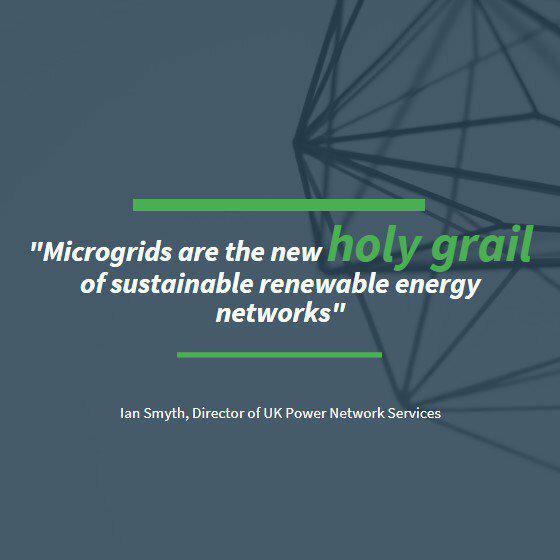
In a recent article in The Energyst which looked at the triple bottom line benefits of a new microgrid being installed at London City Airport (LCA); Ian Smyth, Director at UKPNS, described microgrids as "the new holy grail of sustainable renewable energy networks". And he has good reason for saying so - the microgrid at LCA, which includes a new PV array and connection in to an existing CHP system, will nearly double the airport's electricity capacity from 3.6MVA to 7MVA without impacting the public network whilst also helping towards the airport's ambitious target of achieving net zero carbon emissions by 2050.
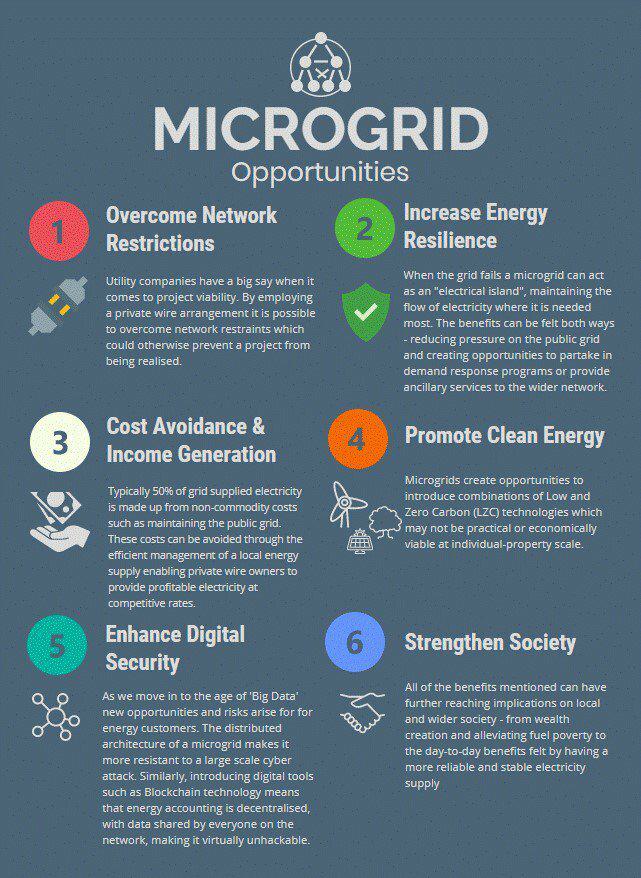
If the benefits of microgrids are so numerous then why isn't everyone doing it? The successful operation of a microgrid carries financial risk and requires proper planning. There are also two key legal items to consider - the first is that electricity generation, distribution and supply are all activities that require a license under section 6 of the Electricity Act 1989. The second is that microgrid owners must provide third party access to their electrical network should a customer request access to an alternative electricity supplier. Both rules carry exemptions, for example; private wire owners do not require a distribution licence if the load carried across their network is less than 2.5MW at any time - this is equivalent to a 10,000 panel PV array meaning that most small-scale developments can operate a truly sustainable microgrid with ease.
Ultimately, the biggest challenges for private wire arrangements are practical and commercial. Knowing the associated opportunities, regulations and risks can help to create an asset that has serious long term financial, environmental and social benefits for developers and the local and wider community. If you are interested in considering introducing a microgrid within one of your projects then Hydrock's Smart Energy team can assist with the following:
- Understand utility capacity and constraints within your development area.
- Provide knowledge of trends in energy price, time of use rates and available energy tariffs.
- Understand policy restrictions and grants/subsidy availability.
- Develop realistic energy profiles and holistic energy strategies to determine the best use of technology for your site.




